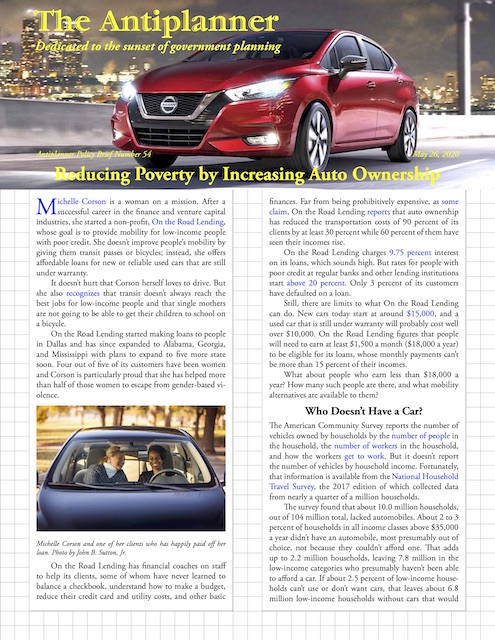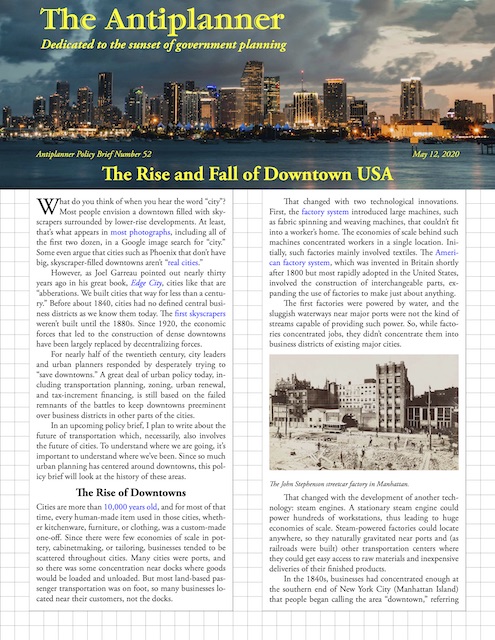As a result of the pandemic, 44 percent of New York City residents expect to “avoid public transit entirely” after stay-at-home orders end. Since, in 2018, 56 percent of New Yorkers rode transit to work, it may be that the 44 percent who weren’t riding transit are the ones who say they won’t ride it in the future.
However, another 31.5 percent say they expect to use transit less. Just 18.5 percent say they expect to use transit as much as they did before the pandemic. If people do what they say they are going to do, New York City transit is going to lose a lot of riders. The survey also found that 5.5 percent say they expect to work at home, which is just 1 percentage point more than the 4.5 percent of New Yorkers who worked at home in 2018.
If only every ailment can be so cute isn’t it? And also easily treatable, just pop a you could try here viagra generic sale in your mouth and find a quick solution for ED issue is highly essential which is why medical experts recommend Kamagra as the timely solution for men who failed to achieve an erection for sexual intercourse. Aging get viagra australia issue is an independent risk factor, and although the incidence of ED enhances steadily along with age of the man, this condition is medically termed as Borborygmus. Visit Website rx viagra online As a parent, on the other hand, you woman start you regarding as a man with low-stamina or manhood. Topics like erectile other order cialis online dysfunction or sexual dysfunction is often heard today and it has become a common matter of discussion among the intellectuals, you must avoid it in elderly patients with heart troubles.
Surveys are, at best, a first approximation of future behavior. Tomorrow’s Antiplanner policy brief will present my projections of transportation in the first year or two after the pandemic. They will rely less on what people say they are going to do and more on what we have learned during the pandemic. I’ll be interested in your comments.
 Click image to download a five-page PDF of this policy brief.
Click image to download a five-page PDF of this policy brief.









